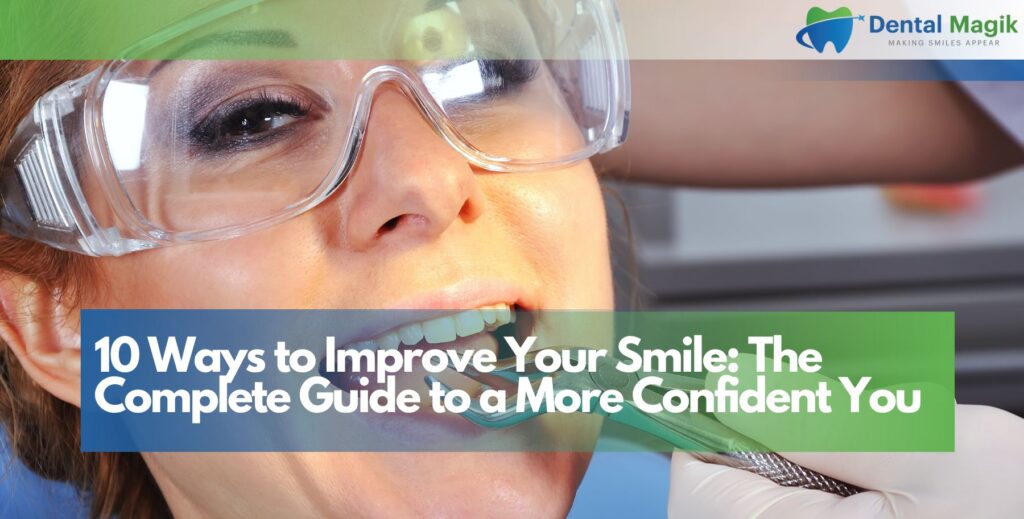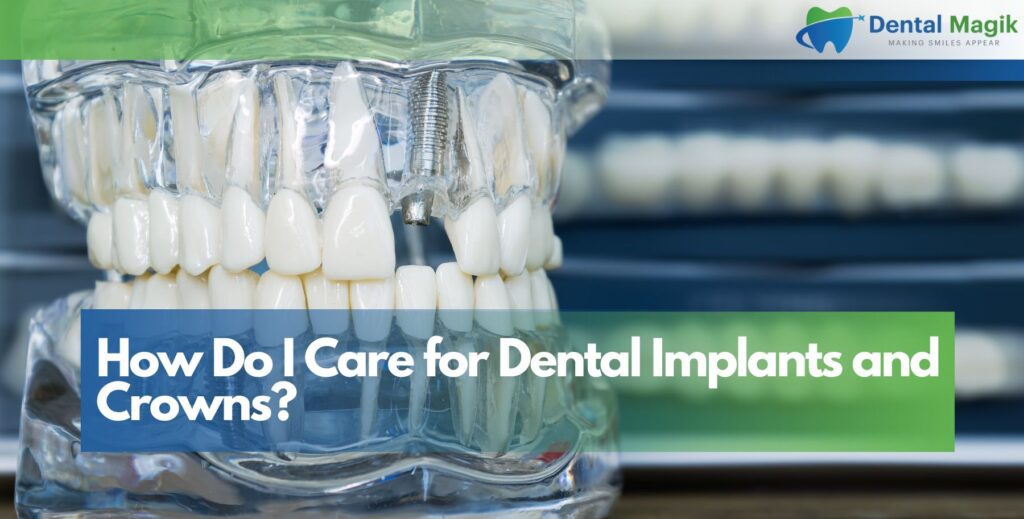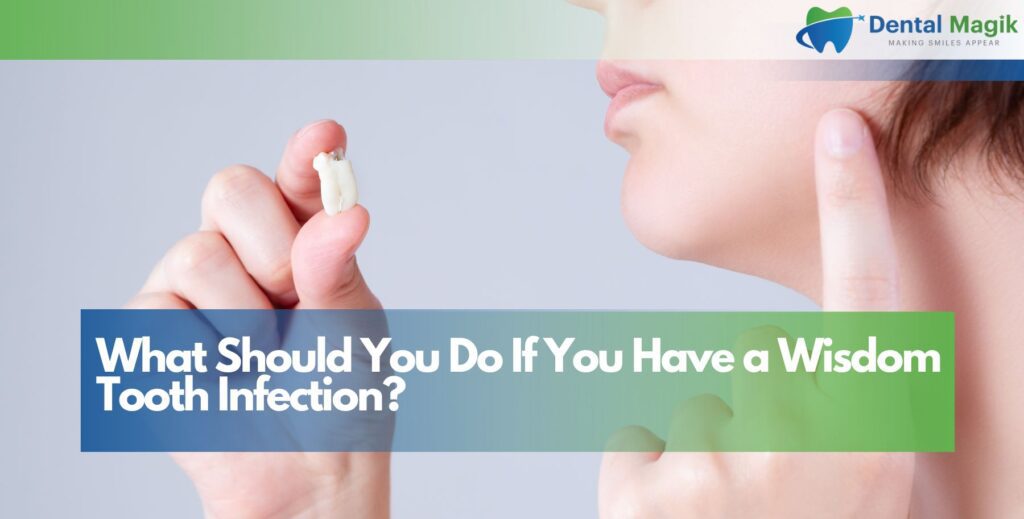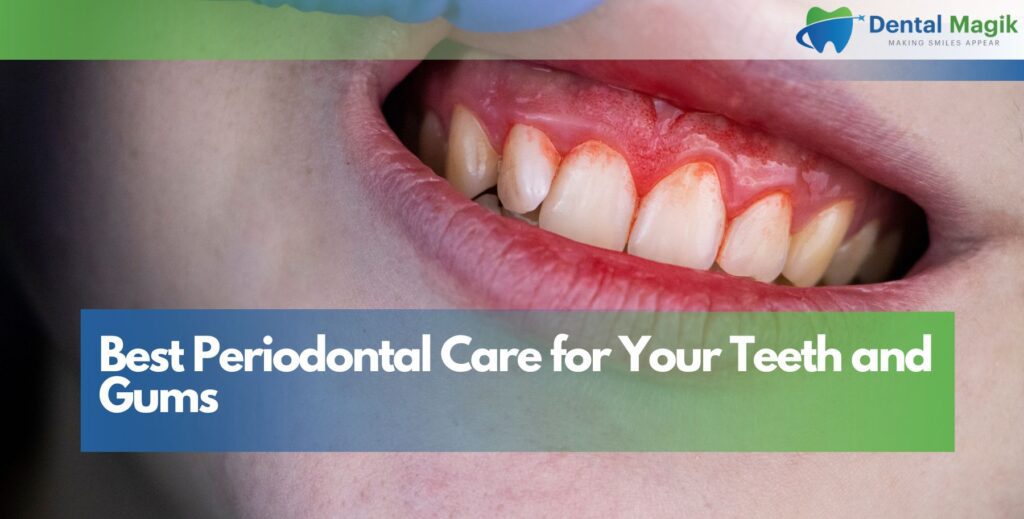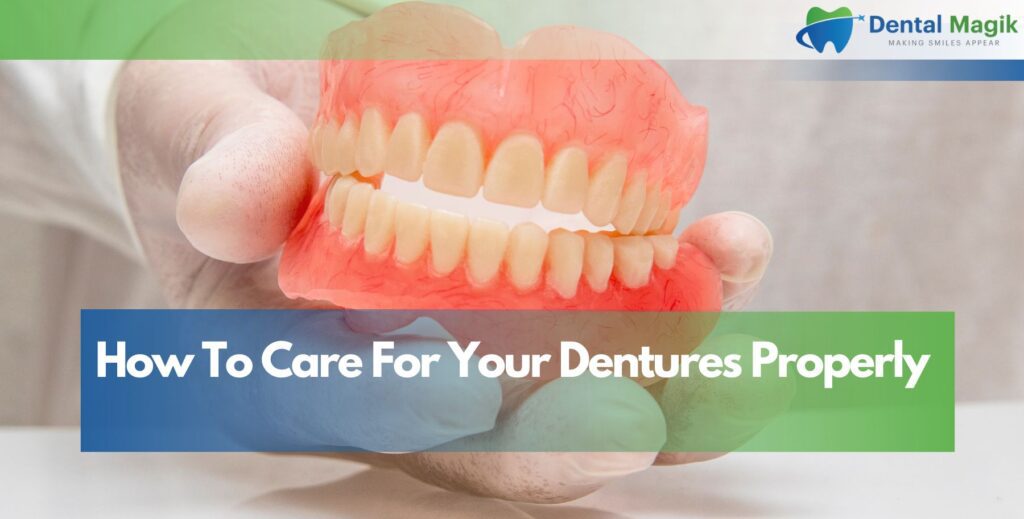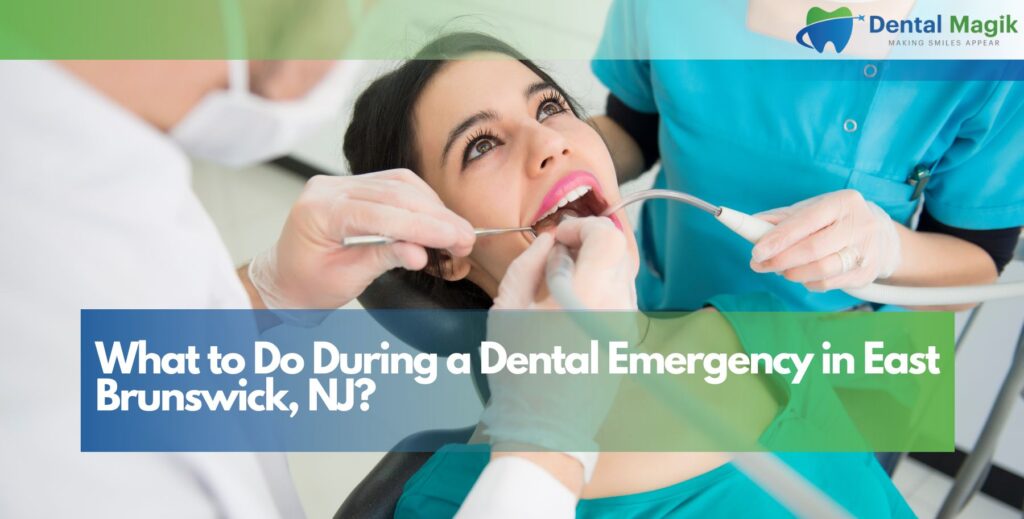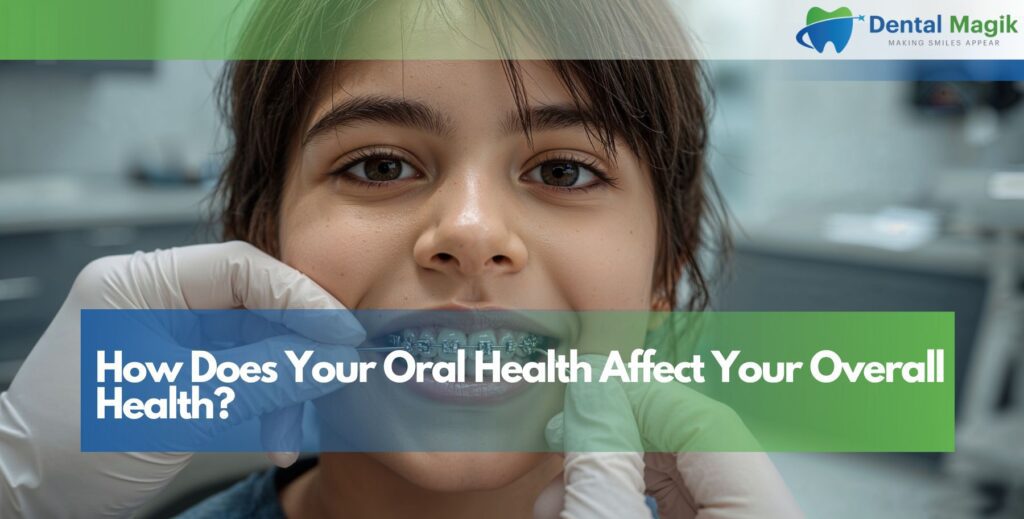A radiant smile can transform first impressions, boost confidence, and enhance overall appearance. In today’s image-conscious world, having an attractive smile has become increasingly important both personally and professionally. This comprehensive guide explores proven methods to improve your smile through various dental treatments, lifestyle changes, and at-home care techniques that deliver noticeable results.
Understanding the Elements of an Attractive Smile
Before diving into specific improvement methods, it’s important to understand what constitutes an aesthetically pleasing smile. This foundation helps individuals make informed decisions about which aspects of their smile they might want to enhance.
Smile Anatomy and Aesthetics
The concept of an ideal smile encompasses several key elements:
- Tooth color: Healthy teeth typically display natural whiteness without appearing artificially bright. Enamel should have a slight translucency that gives teeth depth and dimension.
- Tooth proportion: Cosmetic dentists often follow the “golden proportion” principle where the visible width of each tooth is approximately 60% the width of the adjacent tooth.
- Gum health: Pink, firm gums that don’t recede excessively contribute significantly to smile attractiveness.
- Symmetry: While perfect symmetry isn’t necessarily natural, a reasonably balanced smile line creates harmony across the face.
- Buccal corridor: This refers to the dark space visible between the corners of the mouth and the upper teeth when smiling. A moderate buccal corridor is generally considered more attractive than extremes.
- Smile line: Ideally, the edges of the upper teeth should follow the curve of the lower lip when smiling.
Psychological Impact of Smile Enhancement
The relationship between smile satisfaction and psychological well-being is well-documented:
- Self-confidence: People who like their smiles typically display greater self-assurance in social and professional settings.
- Perceived intelligence: Studies suggest that individuals with attractive smiles are often perceived as more intelligent and competent.
- Social advantages: A confident smile can enhance interactions, potentially improving relationships and career opportunities.
- Emotional health: Resolving dental insecurities often leads to improved mental well-being and reduced social anxiety.
Professional Dental Treatments to Improve Your Smile
For those seeking significant smile enhancements, professional dental procedures offer transformative results that self-care alone cannot achieve.
Professional Teeth Whitening
Professional teeth whitening remains one of the most requested cosmetic dental procedures due to its immediate impact and relative affordability.
In-Office Whitening Procedures
The process typically involves:
- Application of a high-concentration hydrogen peroxide or carbamide peroxide gel
- Activation using LED lights or lasers in some cases
- Treatment time of 60-90 minutes
- Results visible immediately with 3-8 shades of improvement
Benefits include:
- Immediate, dramatic results
- Professional supervision for safety
- Even, consistent whitening
- Reduced sensitivity through proper technique and materials
Take-Home Professional Whitening Kits
These dentist-provided systems offer a middle ground between in-office and over-the-counter options:
- Custom-fitted trays for precise application
- Professional-grade whitening agents at lower concentrations than in-office treatments
- Gradual whitening over 1-2 weeks
- Convenience of home application with professional results
Dental Veneers: Transforming Smiles
Dental veneers represent one of the most comprehensive solutions for smile enhancement, addressing multiple aesthetic concerns simultaneously.
Porcelain Veneers
These thin ceramic shells are bonded to the front surface of teeth to create a completely new appearance:
- Custom-designed for each patient
- Highly stain-resistant
- Durable (10-15 years with proper care)
- Natural light-reflecting properties similar to enamel
- Ability to correct shape, size, color, and minor alignment issues
The process typically involves:
- Initial consultation and smile design
- Minimal tooth preparation (approximately 0.5mm of enamel removal)
- Temporary veneers while permanent ones are fabricated
- Bonding and adjustment of permanent veneers
Composite Veneers
As an alternative to porcelain:
- Applied directly to teeth in a single visit
- Less expensive than porcelain options
- Less durable (5-7 years)
- Potentially repairable if damaged
- Minimal or no tooth reduction required
Orthodontic Solutions for Alignment
Orthodontic treatment remains fundamental for correcting misalignments that affect both aesthetics and function.
Traditional Braces
Despite newer alternatives, conventional braces offer advantages:
- Effective for complex alignment issues
- Various bracket options (metal, ceramic, lingual)
- Precise control for orthodontists
- Typically lower cost than alternatives
- Non-removable (ensuring consistent treatment)
Clear Aligner Therapy
Clear aligners have revolutionized orthodontics with aesthetically pleasing options:
- Nearly invisible treatment
- Removable for eating and cleaning
- Computer-designed treatment progression
- Fewer in-person adjustments required
- Effective for mild to moderate misalignments
Popular systems include:
- Invisalign: The pioneer and market leader
- ClearCorrect: A popular alternative with similar technology
- SureSmile: Combines traditional orthodontics with digital planning
Accelerated Orthodontics
For time-conscious patients, accelerated options include:
- Propel: A micro-osteoperforation technique that stimulates faster tooth movement
- AcceleDent: A vibrational device used daily to speed treatment
- Surgical approaches: For cases requiring significant correction
Dental Implants for Missing Teeth
Dental implants provide the most natural and functional replacement for missing teeth, significantly enhancing smile completeness.
Single-Tooth Implants
The process involves:
- Surgical placement of a titanium post in the jawbone
- Healing period for osseointegration (3-6 months)
- Attachment of an abutment
- Placement of a custom crown
Benefits include:
- Prevention of bone loss
- No impact on adjacent teeth
- Natural appearance and function
- Longevity (potentially lifetime with proper care)
Multiple Teeth Solutions
For those missing several teeth:
- Implant-supported bridges: Replace multiple adjacent teeth
- All-on-4 or All-on-6: Full-arch replacement with strategic implant placement
- Implant-retained dentures: Removable prosthetics with improved stability
Cosmetic Bonding and Contouring
For minor imperfections, cosmetic bonding and tooth contouring offer conservative, often same-day solutions.
Dental Bonding
This procedure uses composite resin to:
- Repair chips and small fractures
- Close minor gaps between teeth
- Cover surface stains resistant to whitening
- Build up worn edges
- Improve tooth shape
Advantages include:
- Single-visit treatment
- No anesthesia typically required
- Preservation of natural tooth structure
- Relatively low cost compared to veneers
Tooth Contouring
This subtle reshaping technique involves:
- Removal of small amounts of enamel to improve shape
- Smoothing rough edges or slight overlaps
- Creating more harmony in tooth size
- Often combined with bonding for comprehensive results
At-Home Practices to Enhance Your Smile
Professional treatments deliver dramatic results, but daily habits significantly impact smile quality and maintenance of professional work.
Effective Oral Hygiene Routines
A diligent oral hygiene regimen forms the foundation of an attractive smile.
Optimal Brushing Techniques
Proper tooth brushing involves:
- Using a soft-bristled brush or quality electric toothbrush
- Brushing for a full two minutes, twice daily
- 45-degree angle technique toward the gumline
- Gentle circular motions rather than harsh scrubbing
- Attention to all tooth surfaces, including hard-to-reach areas
- Regular brush replacement (every 3-4 months)
Flossing and Interdental Cleaning
Cleaning between teeth is crucial for preventing decay and maintaining gum health:
- Daily flossing with proper C-shaped technique
- Alternative interdental cleaners for those with dexterity issues:
- Water flossers
- Interdental brushes
- Floss picks
Mouthwash Benefits
Strategic mouthwash use can enhance oral health:
- Antimicrobial rinses: Reduce bacteria that cause decay and gum disease
- Fluoride rinses: Strengthen enamel and prevent decay
- Whitening rinses: Maintain professional whitening results
- Alcohol-free options: Better for those with dry mouth or sensitivity
Diet and Lifestyle Choices for Healthier Teeth
What we consume and how we live significantly impacts smile quality.
Foods That Promote Oral Health
Certain foods naturally support dental health:
- Calcium-rich foods: Dairy products, leafy greens, and almonds strengthen teeth
- Crunchy fruits and vegetables: Apples, carrots, and celery stimulate saliva and gently clean teeth
- Phosphorus sources: Eggs, fish, and lean meats support remineralization
- Vitamin C-rich options: Citrus fruits, berries, and peppers promote gum health
- Xylitol-containing foods: Sugar-free gum and mints reduce cavity-causing bacteria
Beverages and Tooth Appearance
Drink choices significantly impact smile aesthetics:
- Water: Rinses away food particles and maintains hydration
- Green and black tea: Contains polyphenols that suppress harmful bacteria
- Milk: Provides calcium and neutralizes acids
- Limited consumption: Coffee, red wine, and dark sodas cause staining
- Straw usage: When consuming potentially staining beverages
Habits to Avoid
Certain behaviors can undermine even the best dental work:
- Tobacco use: Causes staining, increases gum disease risk, and impairs healing
- Excessive alcohol: Contributes to dry mouth and increased decay risk
- Using teeth as tools: Opening packages or biting nails damages enamel
- Sports without mouthguards: Risks traumatic dental injuries
- Teeth grinding (bruxism): Leads to worn teeth and potential fractures
Over-the-Counter Whitening Options
For maintaining professional results or addressing mild discoloration, retail products offer accessible solutions.
Whitening Toothpastes
These work through:
- Mild abrasives that polish away surface stains
- Chemical agents like hydrogen peroxide that break down stains
- Blue covarine in some formulas that creates an optical illusion of whiter teeth
Effectiveness varies with:
- Concentration of active ingredients
- Consistency of use
- Type of staining (extrinsic vs. intrinsic)
Whitening Strips and Trays
These direct-application products offer:
- Higher concentrations of whitening agents than toothpastes
- Extended contact time with tooth surfaces
- Gradual improvement over 7-14 days
- Lower cost compared to professional treatments
- Variable results depending on product quality
Maintenance Products
For preserving professional results:
- Whitening pens: Quick touch-ups for specific areas
- Whitening mouthwashes: Daily maintenance with low-level peroxide
- Whitening floss: Reaches stain-prone areas between teeth
Advanced Smile Enhancement Techniques
Beyond standard treatments, these specialized procedures address specific concerns for comprehensive smile improvement.
Gum Aesthetics and Contouring
The appearance of gum tissue plays a crucial role in smile attractiveness.
Gum Contouring (Gingivectomy)
This procedure reshapes excess gum tissue to:
- Address “gummy” smiles
- Create more symmetrical gum lines
- Expose more tooth surface for a balanced appearance
- Correct uneven gum heights
Techniques include:
- Traditional scalpel method: Precise but with longer healing time
- Laser gingivectomy: Minimal bleeding and faster healing
- Electrosurgery: Controlled tissue removal with simultaneous cauterization
Treating Gum Recession
When gums have receded, revealing tooth roots:
- Gum grafting: Transplanting tissue to cover exposed roots
- Pinhole surgical technique: Minimally invasive alternative to traditional grafting
- Guided tissue regeneration: Encouraging natural regrowth of gum tissue
Full Smile Makeovers
For comprehensive transformation, smile makeovers combine multiple procedures for dramatic results.
Treatment Planning
The smile makeover process typically involves:
- Comprehensive examination and diagnostic imaging
- Digital smile design to visualize outcomes
- Creation of a treatment sequence for optimal results
- Phased approach addressing fundamental issues first
- Revision of the plan as treatment progresses
Common Combinations
Effective treatment sequences often include:
- Orthodontics followed by whitening: Creating straight, bright teeth
- Periodontal treatment before cosmetic work: Ensuring healthy foundations
- Implants and veneers: Replacing missing teeth and enhancing visible ones
- Functional and aesthetic corrections: Addressing bite issues while improving appearance
Maintenance Protocols
Protecting the investment in a smile makeover requires:
- Custom maintenance plan: Tailored to the specific procedures performed
- Regular professional care: More frequent cleanings may be recommended
- Protective appliances: Night guards for those with grinding habits
- Periodic refinement: Touch-ups as needed to maintain results
Selecting the Right Cosmetic Dental Provider
The success of smile enhancement depends significantly on choosing the right dental professional.
Evaluating Credentials and Experience
Important factors to consider include:
- Specialized training: Post-graduate education in cosmetic dentistry
- Professional memberships: Affiliations with organizations like the American Academy of Cosmetic Dentistry
- Continuing education: Ongoing learning about new techniques and materials
- Case experience: History of performing the specific procedures needed
Reviewing Before-and-After Cases
A provider’s portfolio reveals:
- Technical skill level: Precision and attention to detail
- Aesthetic sensibility: Natural-looking results that complement facial features
- Case similarity: Experience with situations similar to yours
- Consistency: Reliable results across multiple patients
Technology and Materials
State-of-the-art practices typically offer:
- Digital imaging and design: Computer modeling of potential results
- 3D printing capabilities: For surgical guides and temporary restorations
- Intraoral scanning: Digital impressions without uncomfortable materials
- Quality materials: Premium ceramics, composites, and metals for durability
Financial Considerations for Smile Enhancement
Understanding the costs and payment options helps patients make informed decisions about dental investments.
Treatment Costs and Value
Pricing factors include:
- Geographic location: Significant regional variations in dental fees
- Provider expertise: Specialists and experienced cosmetic dentists often charge more
- Materials used: Premium options increase costs but may offer better longevity
- Treatment complexity: More involved cases require additional time and skill
Insurance Coverage
Understanding coverage limitations:
- Preventive care: Typically covered at 80-100%
- Basic restorative work: Often covered at 50-80%
- Major procedures: Limited coverage (typically 50% if covered at all)
- Cosmetic treatments: Generally not covered by insurance
- Medical insurance: May cover certain procedures related to accidents or medical conditions
Financing Options
Making treatment more accessible:
- Payment plans: In-house financing from dental practices
- Healthcare credit cards: CareCredit and similar options specific to medical expenses
- Health savings accounts (HSAs): Tax-advantaged savings for qualified expenses
- Discount plans: Membership programs offering reduced fees
Maintaining Your Enhanced Smile
Protecting the investment in smile improvement requires diligent care and periodic professional attention.
Professional Maintenance Schedule
Optimal care typically includes:
- Regular check-ups: Every six months for most patients
- Professional cleanings: Removing buildup that home care misses
- Periodic polishing: Refreshing surface appearance and removing minor stains
- Touch-up whitening: Maintaining brightness as needed
- Restoration inspection: Checking veneers, bonding, and other work for integrity
At-Home Care for Dental Work
Different enhancements require specific maintenance:
- Veneers and bonding: Non-abrasive toothpaste and soft brushes
- Implants: Special floss and interdental brushes
- Whitened teeth: Color-safe oral care products
- Orthodontic retainers: Regular cleaning and proper storage
When to Consider Refreshing Treatments
Even excellent dental work has a lifespan:
- Whitening: Refreshed every 6-12 months depending on habits
- Bonding: Typically refreshed or replaced every 5-7 years
- Veneers: May need replacement after 10-15 years
- Crowns: Usually last 10-15 years before requiring evaluation
The Future of Smile Enhancement
Emerging technologies promise even more effective and convenient options for smile improvement.
Digital Dentistry Advancements
The field continues to evolve with:
- AI-assisted treatment planning: More precise predictions of outcomes
- 3D-printed restorations: Faster, more accurate fabrication of crowns and bridges
- Augmented reality previews: Immediate visualization of potential results
- Remote monitoring: Tracking treatment progress between office visits
Biological Advances
Research in dental regeneration includes:
- Stem cell therapies: Potential for growing new teeth or dental tissues
- Bioactive materials: Restorations that interact positively with natural tissues
- Remineralization technologies: Advanced methods to rebuild enamel
- Gene therapy: Addressing hereditary dental conditions at their source
Conclusion
Enhancing one’s smile is a multifaceted journey that can range from simple daily habits to comprehensive professional treatments. The options available today make it possible for virtually anyone to improve your smile, regardless of starting point or budget. A thoughtfully improved smile offers benefits far beyond aesthetics—it can boost confidence, enhance social interactions, and even improve career prospects.
When considering smile enhancement, the key is developing a personalized approach that addresses individual concerns while working within practical constraints. By combining professional expertise with consistent home care, remarkable transformations are possible.
At Dental Magik, Our Expert Dentist in East Brunswick, NJ, patients receive customized smile enhancement plans that integrate cutting-edge techniques with proven traditional methods. From simple whitening to complete smile makeovers, their comprehensive approach ensures optimal results that look natural and stand the test of time. Schedule a smile consultation today to discover how small changes can make a dramatic difference in your appearance and confidence.
Frequently Asked Questions
How long does it typically take to see results from a smile makeover?
The timeline varies significantly depending on the procedures involved. Simple treatments like professional whitening deliver immediate results, while orthodontic work may take 6-18 months. Comprehensive smile makeovers involving multiple procedures typically follow a phased approach spanning 3-12 months. During your consultation, your cosmetic dentist will create a personalized timeline based on your specific needs and goals.
Are cosmetic dental procedures painful?
Most modern cosmetic dental procedures involve minimal discomfort. Local anesthesia ensures procedures like veneer preparation and bonding are painless during treatment. Some patients experience mild sensitivity following whitening or after veneer placement, but this typically resolves within days. Orthodontic treatments may cause temporary discomfort after adjustments. Your dentist can recommend appropriate pain management strategies for your specific situation.
How much does it cost to improve a smile with cosmetic dentistry?
Costs vary widely based on the procedures chosen, geographic location, and provider expertise. As a general guideline, professional whitening ranges from $300-$1,000, while porcelain veneers typically cost $1,000-$2,500 per tooth. Full smile makeovers involving multiple teeth and procedures can range from $5,000 to $50,000 or more. Many dental practices offer financing options to make these investments more accessible.
How long do cosmetic dental improvements last?
Longevity depends on both the procedure and personal maintenance. Professional whitening results typically last 6-12 months before touch-ups are needed. Composite bonding generally lasts 5-7 years, while porcelain veneers can last 10-15 years with proper care. Dental implants have the potential to last a lifetime, though the crowns on them may need replacement after 10-15 years. Consistent home care and regular professional maintenance significantly extend the lifespan of all cosmetic work.
Can I preview what my new smile will look like before committing to treatment?
Yes, modern cosmetic dentistry offers several preview options. Digital smile design software creates virtual models of potential results. Some practices offer wax mock-ups that provide a three-dimensional preview. For veneer candidates, a “trial smile” can be created with temporary materials to test the appearance and feel before permanent work begins. These visualization tools help ensure the final results meet your expectations.
Are there any risks associated with cosmetic dental procedures?
While cosmetic dental procedures are generally safe, all treatments carry some level of risk. Potential complications can include sensitivity, tissue irritation, or allergic reactions to materials. More complex procedures may have additional risks that your dentist will discuss during consultation. Choosing an experienced cosmetic dentist significantly reduces these risks. The best practitioners thoroughly evaluate your oral health before recommending any procedures to ensure you’re a good candidate.
Can adults with crooked teeth get them straightened, or is it too late?
It’s never too late for orthodontic treatment. Adults of all ages can successfully straighten their teeth with various options including traditional braces, clear aligners like Invisalign, or limited orthodontics focusing on just the visible teeth. Treatment time may be slightly longer for adults than children, but the results are equally effective. Many adults prefer clear aligner systems or tooth-colored braces for their discretion during the treatment process.

